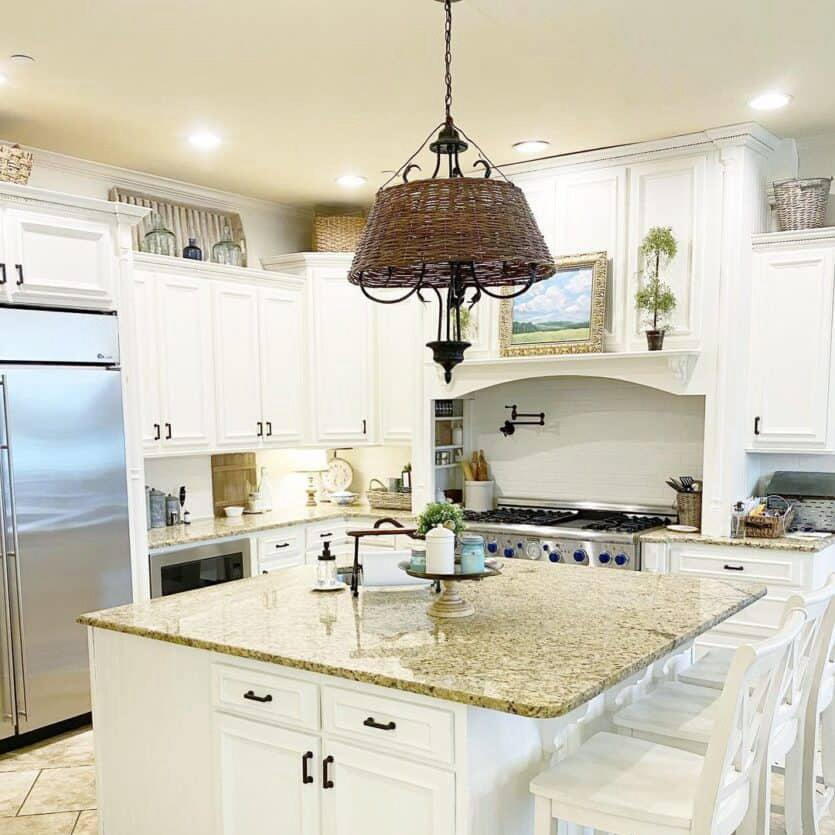
When the Sydney Opera House opened in 1973, it was immediately recognized as an architectural masterpiece. Designed by the Danish architect Jørn Utzon, this iconic building is renowned for its unique sail-like roofs and its prominent position on Bennelong Point. However, it’s not just the exterior of the Opera House that is remarkable. The interior of the building is also an architectural marvel, largely due to Utzon’s innovative lighting designs.
The Importance of Lighting Design
Lighting is a crucial part of any building’s design, and it plays a significant role in shaping the mood and ambiance of a space. Good lighting design can highlight architectural features, create a sense of drama, and even influence people’s behavior. In the case of the Sydney Opera House, Utzon’s lighting design was instrumental in enhancing the building’s unique character and creating an unforgettable experience for visitors.
Utzon’s Innovative Lighting Concepts
From the beginning of the project, Utzon saw lighting as an integral part of the Opera House’s design. He wanted to use light to highlight the building’s distinctive shapes and angles and create an immersive experience for visitors. To achieve this, he developed a series of innovative lighting concepts that were way ahead of their time, and that still inspire designers today.
One of the most striking aspects of Utzon’s lighting design is the use of color. The Opera House’s interiors are bathed in a soft, warm glow that emanates from hidden lighting fixtures. This light is filtered through colored glass, creating a warm ambiance that perfectly complements the building’s warm, earthy tones. The color of the light changes subtly throughout the day, matching the changing colors of the harbor outside.
Another key aspect of Utzon’s lighting design was his use of light to highlight the building’s distinctive shapes and angles. He focused on creating contrasts between light and shadow to draw attention to the building’s curves and slopes. This not only made the building look more dramatic but also helped to create a sense of intimacy in large spaces such as the Concert Hall.
The Challenges of Designing Lighting for the Opera House
Designing lighting for the Opera House presented several challenges, some of which were unique to the building’s design. For example, the curved walls of the Concert Hall meant that traditional lighting fixtures couldn’t be used. Instead, Utzon developed a system of hidden lighting, using specially designed fixtures hidden behind wooden slats to create a soft, even light.
Another challenge was the variability of the building’s shape. The Opera House’s unique roof design means that each section of the building has a slightly different shape and angle. This made it difficult to develop a lighting design that would work consistently well throughout the building. Utzon’s solution was to create a flexible lighting system that could be adjusted to suit each space, allowing the lighting to highlight the unique character of each room.
The Legacy of Utzon’s Lighting Design
The lighting design of the Sydney Opera House is still widely regarded as a masterpiece of modern architecture. Utzon’s innovative use of light has influenced countless designers since the building’s completion, and his ideas continue to shape the way we think about lighting in architectural design today.
Utzon’s legacy can be seen in some of the world’s most iconic buildings, from the Guggenheim Museum in Bilbao to the Louvre Abu Dhabi. However, it is perhaps in the Sydney Opera House that his influence is felt most strongly. The building’s lighting design continues to create an unforgettable experience for visitors, highlighting the unique character of this iconic building and creating a lasting legacy for Jørn Utzon.
Good lighting design is an essential part of any building’s design, and Jørn Utzon’s lighting design for the Sydney Opera House is a masterclass in how light can be used to enhance a building’s unique character. Utzon’s innovative use of color, light, and shadow created a warm, intimate ambiance that perfectly complemented the building’s design, while his focus on flexibility and adaptability ensured that the lighting design could work effectively in all areas of the building. The legacy of Utzon’s lighting design can be seen in some of the world’s most iconic buildings, and his ideas continue to inspire designers today.







